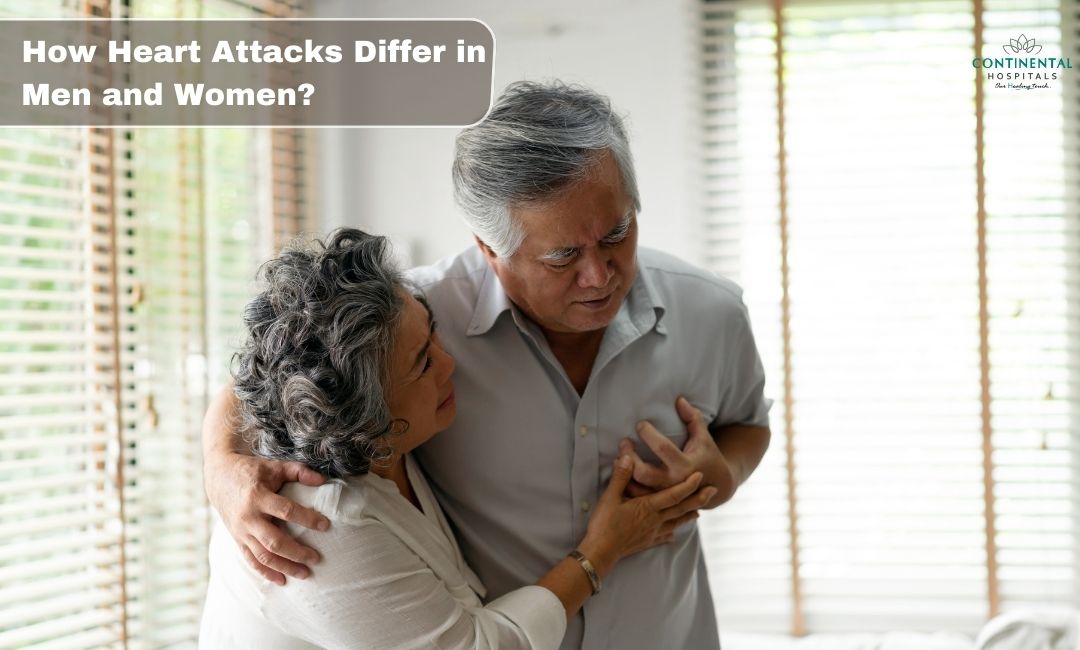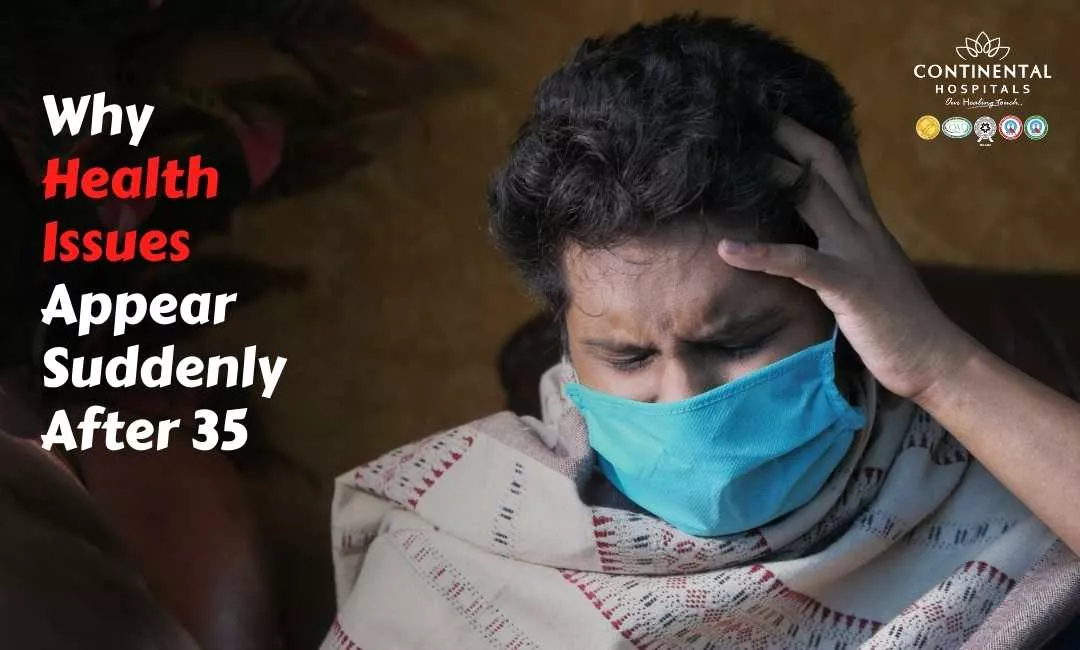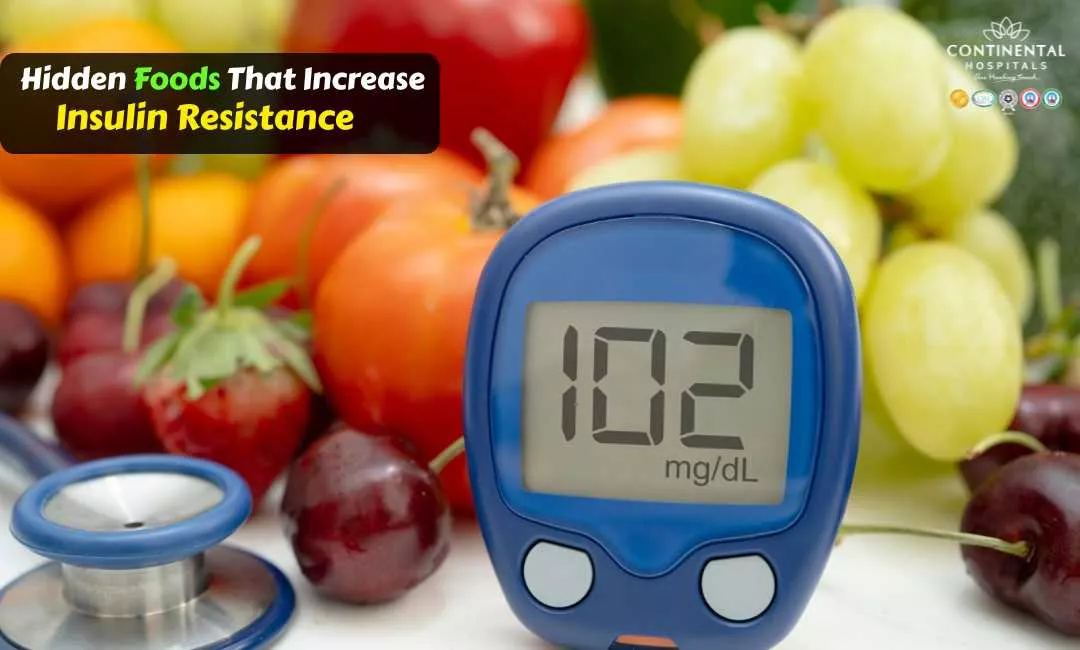Heart attacks, also known as myocardial infarctions, are a leading cause of death worldwide. While they affect both men and women, there are significant differences in how they manifest and are perceived between genders. Despite advancements in medical research and public awareness, misconceptions persist regarding the presentation of heart attacks in men versus women. In this article, we delve into the nuanced disparities in symptoms, risk factors, diagnosis, and treatment of heart attacks, shedding light on the importance of gender-specific approaches to cardiovascular health.
Gender Disparities in Heart Attack Symptoms:
Gender disparities in heart attack symptoms have been recognized for some time. While men and women can experience similar symptoms during a heart attack, some differences can affect how the symptoms manifest and are interpreted.
Traditionally, the symptoms of a heart attack have been based on studies primarily involving men, leading to a misconception that the symptoms are universal. However, research has shown that women may experience heart attack symptoms differently and may also have additional symptoms not typically associated with heart attacks in men.
Some common symptoms of a heart attack in both men and women include:
Chest pain or discomfort: This is often described as pressure, tightness, or squeezing in the chest.
Pain in other areas of the body: This can include pain or discomfort in the arms, back, neck, jaw, or stomach.
Shortness of breath: Difficulty breathing or feeling like you can't catch your breath.
Nausea, lightheadedness, or cold sweats: These symptoms may occur in addition to chest pain or independently.
Consulting with a cardiologist can provide valuable insights and guidance.
Common Risk Factors (Both Men and Women):
Smoking: Smoking is a significant risk factor for heart disease. It damages the lining of the arteries, leading to the buildup of fatty deposits (atherosclerosis) which can ultimately result in heart attacks or strokes.
High Blood Pressure (Hypertension): High blood pressure puts extra strain on the heart and arteries, increasing the risk of heart disease, heart attacks, and strokes.
High Cholesterol: Elevated levels of cholesterol, particularly LDL cholesterol (often referred to as "bad" cholesterol), can lead to atherosclerosis and increase the risk of heart disease.
Diabetes: Diabetes, especially if poorly controlled, can damage blood vessels and nerves that control the heart, increasing the risk of heart disease and other cardiovascular complications.
Obesity: Being overweight or obese is associated with an increased risk of heart disease, as it often coincides with other risk factors such as high blood pressure, high cholesterol, and diabetes.
Unique Risk Factors for Women:
Hormonal Changes: Fluctuations in hormone levels, particularly during menopause, can affect heart health. Decreased levels of estrogen after menopause are associated with an increased risk of heart disease in women.
Pregnancy Complications: Certain pregnancy complications such as gestational diabetes, preeclampsia, or gestational hypertension may increase a woman's risk of developing heart disease later in life.
Autoimmune Diseases: Some autoimmune diseases like lupus or rheumatoid arthritis can increase the risk of heart disease in women.
Mental Health Issues: Depression, anxiety, and chronic stress can impact heart health, as they may lead to behaviors that increase the risk of heart disease (such as overeating, smoking, or lack of physical activity) and can directly affect the cardiovascular system.
Diagnosis Challenges:
Delayed diagnosis in women: Due to the variance in symptoms and underestimation of risk, women are often misdiagnosed or experience delays in receiving appropriate medical care.
Knowledge gaps: Healthcare providers and the general public may lack awareness of gender-specific heart attack symptoms, leading to diagnostic challenges.
Treatment Disparities:
Treatment disparities between genders can stem from various factors, including societal perceptions, biases, and physiological differences. Despite treatment guidelines often being similar for men and women, there can be disparities in the aggressiveness of treatment received. One reason for this is the underestimation of risk or misinterpretation of symptoms in women, leading to potentially less aggressive treatment approaches compared to men.
To address these treatment disparities, it's crucial to incorporate gender-specific considerations into treatment plans. This can involve tailoring medication dosages to account for physiological differences between men and women, as well as integrating lifestyle modifications and rehabilitation programs that are sensitive to gender-specific needs and challenges.
Socio-cultural Factors:
Awareness campaigns: Efforts to raise awareness about heart attack symptoms and risk factors often target men, leading to a gap in knowledge among women and healthcare providers.
Gender stereotypes: Societal stereotypes and biases may influence how symptoms are interpreted, both by patients themselves and by healthcare professionals.
Importance of Gender-Specific Research and Education:
Bridging the gap: Research initiatives focusing on gender-specific differences in heart disease are crucial for developing tailored prevention strategies and improving outcomes for both men and women.
Education and advocacy: Comprehensive education programs aimed at healthcare providers and the public can help dispel myths and ensure timely recognition and treatment of heart attacks in women.
Heart attacks represent a significant health burden for both men and women, yet gender disparities persist in their recognition, diagnosis, and treatment. By acknowledging and addressing these differences, we can work towards more equitable healthcare outcomes and better cardiovascular health for all. Empowering individuals with knowledge about gender-specific symptoms and risk factors, coupled with healthcare providers' increased awareness and tailored approaches, is essential for mitigating the impact of heart disease and saving lives, regardless of gender.
Consulting with a cardiologist can provide valuable insights and guidance.
Related Blog Articles:
1. The Silent Threat: How Chronic Stress Impacts Your Cardiovascular System
2. Unmasking the Rising Tide of Heart Attacks Among Young Adults
.webp)














